

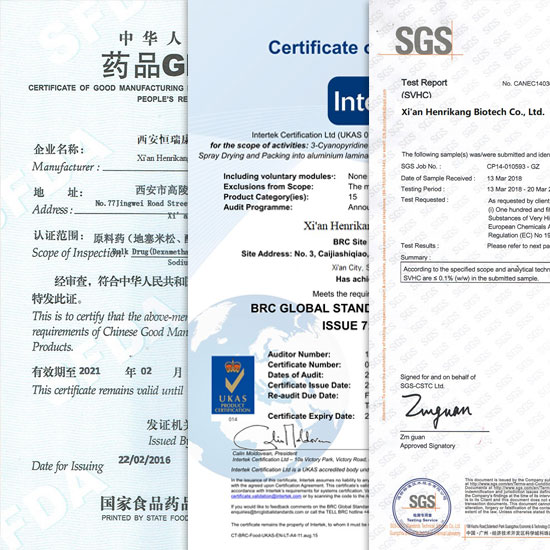



Related Attributes
Product details
The physiological effect of sodium isoascorbate is only about 1/20 of that of ascorbic acid in terms of antiscorbutic, but it is roughly the same as ascorbic acid in terms of lowering blood pressure, diuresis, hepatic gluconeogenesis, pigment excretion, detoxification and so on.
Sodium isoascorbate is mainly used in food industry as antioxidant for food, widely used in meat food, fish food, beer, fruit juice, fruit juice crystals, canned fruits and vegetables, pastries, dairy products, jams, wines, salted vegetables, fats and oils, etc. The dosage is 0~0.0/kg for meat products. The dosage for meat products is 0.5~1.0/kg. for frozen fish, it is macerated with 0.1%-0.8% aqueous solution before freezing. For fruit juice and other beverages, the dosage is 0.01%~0.03%.
Canned apple sauce, 0.15g/Kg (alone or in combination with ascorbic acid) Luncheon meat, cooked minced meat, cooked pork forelegs, cooked ham, 0.5g/kg (alone and in combination with ascorbic acid and its sodium salt in terms of ascorbic acid), peaches, applesauce: 2g/kg canned fruits 0.75-1.5g/l,natural fruit juices 0.08-0.11g/l. beer 0.03g /l. (FAO/WHO (1977)).

Uses and Function of Sodium Erythorbate.
Sodium isoascorbate is a water-soluble antioxidant permitted for use in China and widely used abroad. Its antioxidant performance greatly exceeds that of vitamin C, and the price is cheap.
It can be used in all kinds of canned food, jam and frozen fish, with a maximum use amount of 1.0g/kg; it can also be used in meat products, with a maximum use amount of 0.5g/kg (by ascorbic acid); it can also be used in wine and fruit juice drinks, with a maximum use amount of 0.15g/kg; it can also be used in beer, with a maximum use amount of 0.04g/kg.
It can be used as food antioxidant, anticorrosive color enhancer and cosmetic antioxidant. In cosmetics, it can consume oxygen, reduce high-value metal ions, transfer the redox potential to the reduced range, and reduce the production of undesirable oxidation products. It can also be used as anticorrosive color enhancer.

Synthesis of Sodium Erythorbate.
Product Methods of Bulk Sodium Erythorbate Powder.
Fermentation of D-glucose with Pseudomonas fluorescens Kl005 or Arthrobacter globulus K1022 produces 2-keto-D-gluconic acid (or calcium salt), which is then esterified, transformed and refined. Fermentation medium composition (%): glucose 18, yeast paste 0.3, K2HPO4-3H2O0.05, KH2PO40.05, MgSO4-7H2O0.025, CaC034.5; the fermentation temperature is controlled at 30-35 ℃, the fermentation cycle is 30h, the fermentation conversion rate is 79.9%.
Fermentation liquid plus sulfuric acid, activated carbon to acidification and decolorization, and then plate and frame pressure filtration to get clear liquid, yield 96.6%; purified fermentation liquid concentrated under reduced pressure, add methanol, sulfuric acid reflux esterification 5h, freeze crystallization, centrifugal dumping filtration to get methyl ester, esterification yield 82.1%.
Methyl ester with methanol, alkaline methanol solution under reflux conditions for conversion, freezing crystallization, drying of D-isoascorbic acid sodium crude, conversion yield 87.3%; will be dissolved in hot water and then add activated carbon decolorization, and insulation pressure filtration, the clear liquid by freezing crystallization, centrifugal dumping filtration, washing, vacuum drying of the finished product, the mother liquor recycling, refining yield of 88.0%.
WHY CHOOES US?
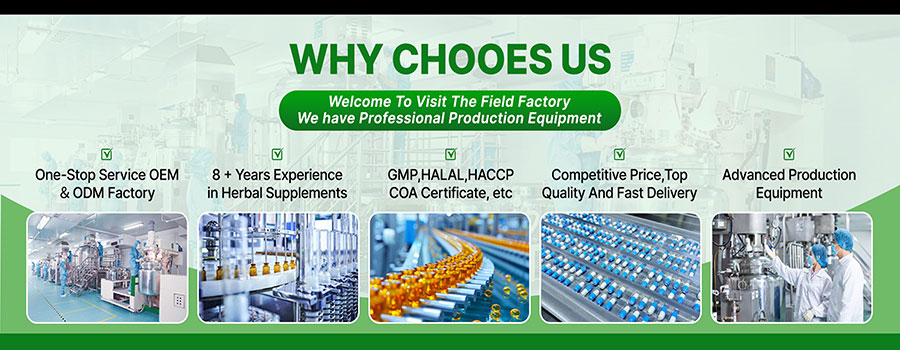
OUR CERTIFICATE
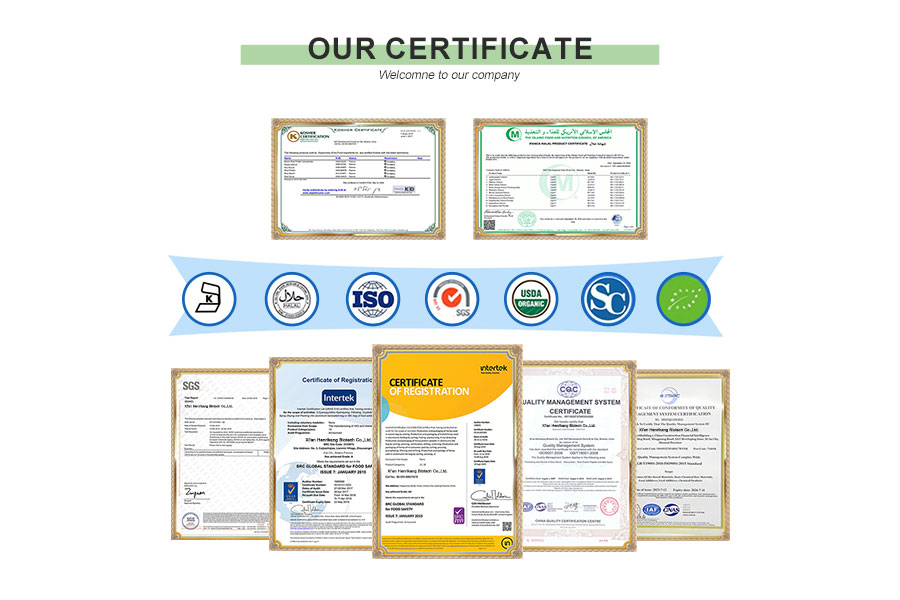
CUSTOM PROCESS
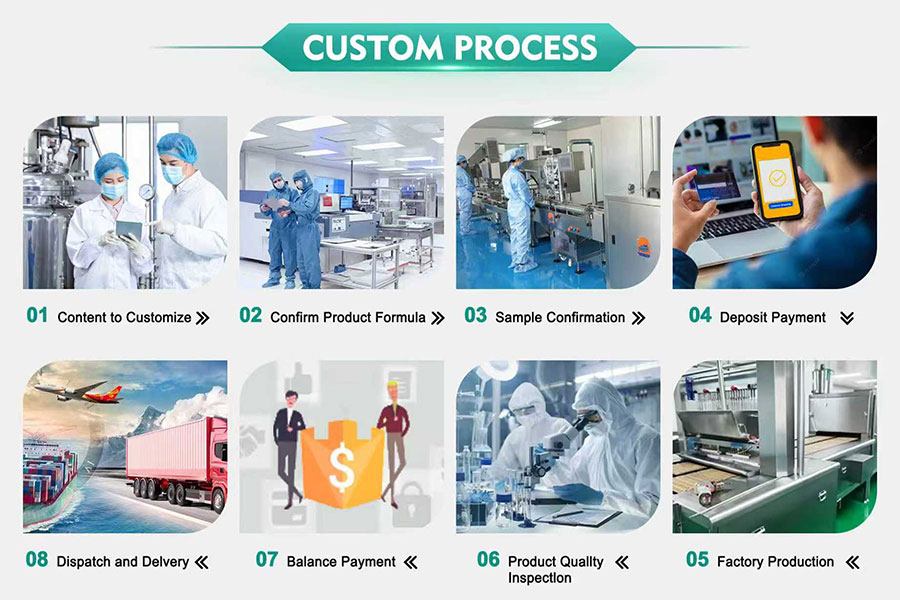
OUR PACKAGE
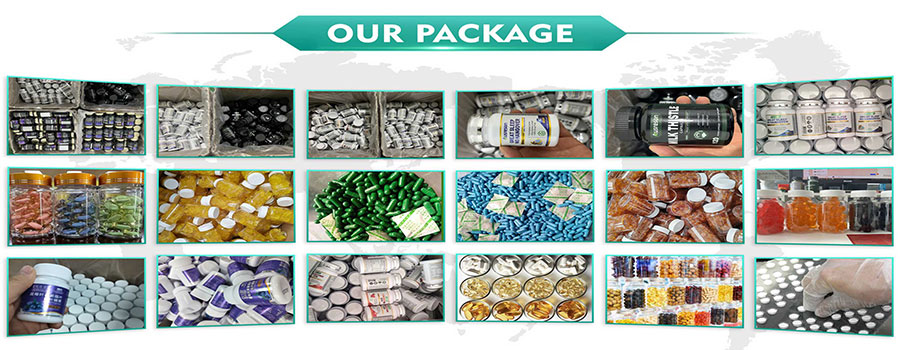
OUR EXHIBITION

OUR FACTORY
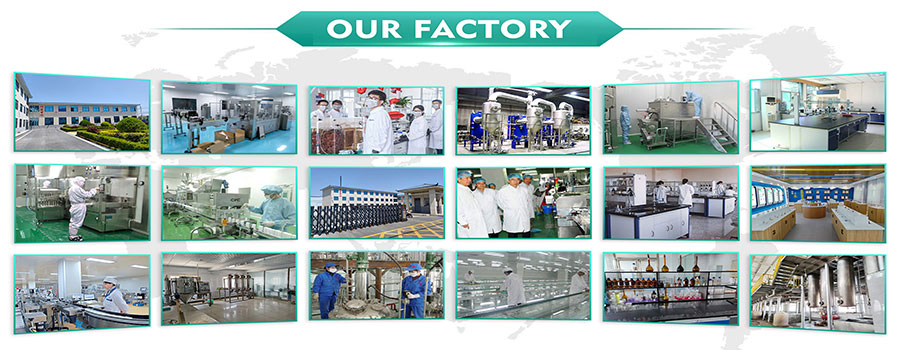
Shipping
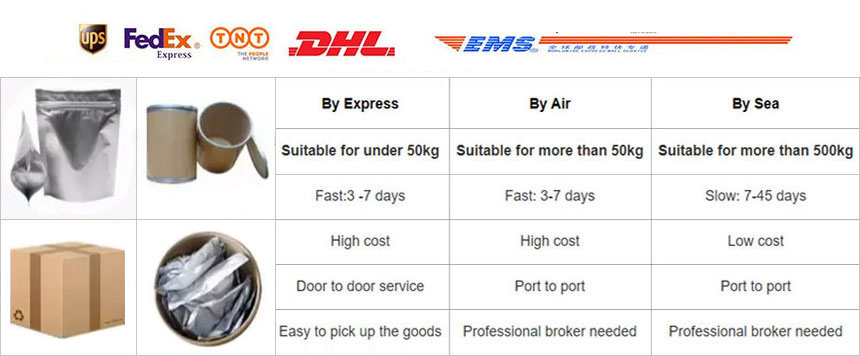
Pharmaceutical Intermediate manufacturers
©2022 Xi'an Henrikang Biotech Co., Ltd.,